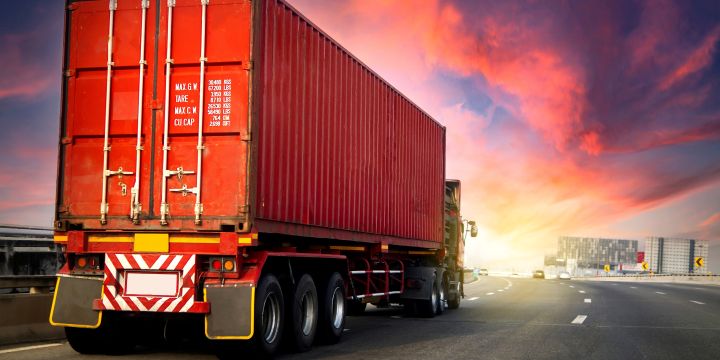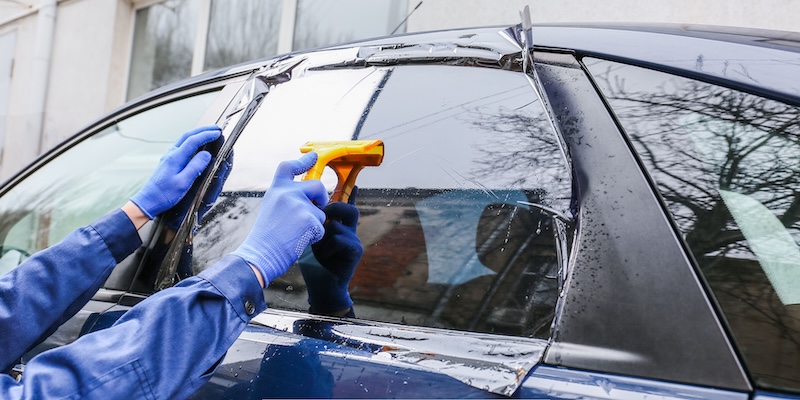Key Takeaways:
- Understand the basic definitions and differences between interstate and intrastate trucking.
- Explore the regulatory frameworks that govern each type of trucking operation.
- Recognize the impact of these differences on logistics and supply chain management.
- Learn about common challenges faced by drivers and companies in the trucking industry.
- Discover tips for navigating compliance and regulatory requirements effectively.
Interstate vs. Intrastate Trucking: What’s the Difference?
In the vast trucking industry, it’s vital to understand the pivotal differences between interstate vs intrastate operations. Each has its distinct characteristics that influence every operational aspect from regulatory compliance to logistical strategies. Interstate trucking involves transporting goods across state lines, encompassing a broader geographical range that often introduces more complexity. This operation is typically subjected to a uniform set of federal laws, ensuring standardization of safety and efficiency across state boundaries. As businesses aim to reach wider markets, adhering to these federal regulations cannot be overstated.
On the other hand, intrastate trucking is confined within a single state’s borders, offering a more localized operation. While it may sound simpler than interstate transportation, it has its unique set of state-specific regulations. These rules can differ widely, impacting driver qualifications, vehicle weight restrictions, and more. Companies operating within a state must be vigilant, maintaining compliance with evolving state-specific regulations while balancing operational efficiency against local challenges. Understanding these operational nuances is imperative, given that non-compliance not only incurs fines but can also significantly tarnish a company’s reputation.
Regulations and Compliance
The regulatory frameworks within which interstate and intrastate trucking operate are essential, yet they present a tapestry of intricate requirements. Interstate trucking falls under the federal jurisdiction, guided by the Federal Motor Carrier Safety Administration (FMCSA) regulations. These regulations harmonize state practices, facilitating the seamless movement of goods across state lines while prioritizing public safety and operational efficiency. The FMCSA-mandated rules cover numerous aspects including driver health requirements, vehicle maintenance standards, and hours of service regulations.
Conversely, intrastate trucking is dictated by state laws that can vary significantly. These state-specific regulations may dictate everything from driver licensing procedures to requirements surrounding vehicle safety inspections and operational hours. For companies operating in different states, this diversity in regulation presents a unique challenge, requiring a flexible yet thorough strategy for compliance. Each state may implement distinct mandates that can affect tailored operational strategies, from optimizing route planning to enhancing safety measures. Therefore, keeping abreast of these laws is crucial for compliance and for cultivating resilient and adaptable operational strategies capable of responding to varied jurisdictional landscapes without compromising efficiency or safety.
Impact on Logistics and Supply Chain Management
One cannot overstate the logistical implications inherent within both interstate and intrastate trucking operations. Interstate trucking, which crosses multiple state lines, inherently involves greater complexity in managing routes, tracking shipments, and complying with many regulations. It necessitates a sophisticated logistics operation that handles longer hauls and varying state regulations while maintaining an unwavering focus on timely deliveries. Addressing these logistical elements with meticulous planning can significantly enhance service reliability and customer satisfaction, strengthening a company’s competitive edge in the marketplace.
In contrast, intrastate trucking offers certain logistical advantages through its localized operation, often enabling faster turnaround times and simplified service delivery. Companies can optimize logistics management by focusing on within-state routes to offer swift, responsive, and customer-focused services. However, despite these advantages, intrastate operations demand a strong understanding of state-specific regulations that could impact logistics and overall service performance. Balancing these regulatory requirements with efficient logistics strategies ensures smooth operations, enhances supply chain efficiency, and optimizes cost management. These are factors critical to sustaining business reputation and driving growth in a competitive environment.
Challenges in the Trucking Industry
Operating within the trucking industry presents many challenges that professionals must adeptly navigate. Common issues such as regulatory compliance, driver shortages, and evolving safety standards continually test the resilience of both interstate and intrastate trucking operations. With rapidly changing regulatory landscapes, staying current with legislation is crucial for maintaining compliance and ensuring operational legality.
Drivers, the backbone of the industry, face their challenges, from adhering to stringent safety regulations to managing the physical and mental demands of long, grueling hours on the road. These issues are further compounded by the need to maintain comprehensive logs of driving hours and vehicle conditions, which require meticulous attention to detail. Consequently, companies must prioritize driver needs, offering comprehensive support systems and regular training programs. This focusead approach fosters compliance and safety and addresses broader industry challenges, contributing to the sustainability and efficiency of interstate and intrastate trucking operations.
Navigating Compliance Requirements
Successfully navigating compliance requirements is vital to trucking operations, demanding adaptability and vigilance. Regular staff training sessions play a critical role in building a foundational understanding of current regulations and best industry practices, fostering a culture conducive to safety and compliance.
Investments in advanced compliance technologies, such as electronic logging devices (ELDs), are crucial in streamlining operations and ensuring adherence to applicable laws. These tools facilitate accurate operational data tracking, enabling companies to manage compliance responsibilities efficiently. By integrating these technologies into daily operations, businesses can mitigate compliance-related risks and focus on optimizing service delivery. This approach is pivotal in creating a robust operational framework that prioritizes regulatory adherence and enhances organizational efficiency and long-term success in the dynamic trucking industry.
Tips for Success in Trucking Operations
- Continuously update training programs to reflect shifts in the regulatory landscape, ensuring staff are informed and prepared.
- Invest in cutting-edge technology solutions to streamline compliance and support logistics management.
- Maintain open and effective communication channels between drivers and dispatchers, proactively addressing operational challenges.
Emphasizing these strategic efforts supports the establishment of a robust, adaptable, and compliant trucking operation. This resilience is critical for navigating present complexities and thriving amidst the challenges and opportunities presented by the trucking industry’s future evolutions.
Looking Toward the Future of Trucking
The trucking industry’s future is set to experience significant and transformative changes, encompassing further regulatory evolutions and technological advancements. These elements promise to recalibrate both interstate and intrastate trucking operations, offering possibilities for enhanced efficiency and reduced operational costs. Staying informed and proactive is essential for companies to remain competitive and sustainable as these changes unfold.
Adopting emerging technologies, including autonomous vehicles and sophisticated logistics management systems, will be instrumental in achieving these advancements. Innovations in automation and data analytics can bolster operational efficiency, enabling companies to reduce human error and optimize resource allocation. By cultivating a proactive culture of learning and adaptation, trucking companies can navigate contemporary challenges and seize future opportunities, ensuring resilience and growth in an evolving market landscape.







